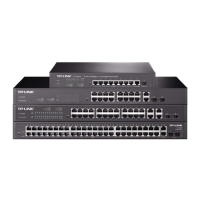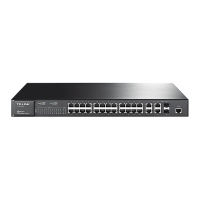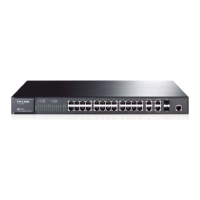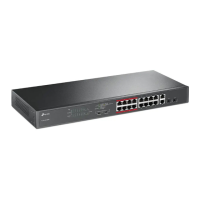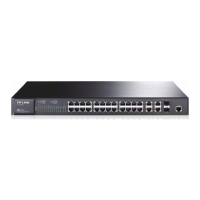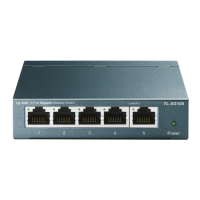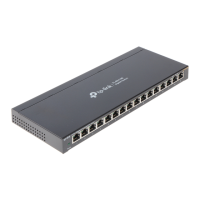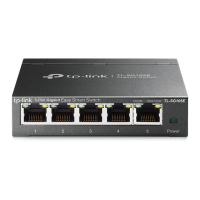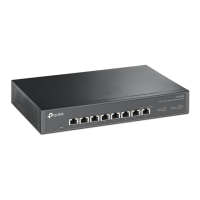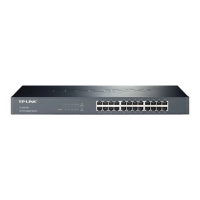congured as "weighted", a 1,2,4,8 weighting is applied to forward packets.
When "xed" is selected, all packets with top priority egress for a switch port
until that priority's queue is empty, then the packets with next lower priority.
4.6.2 Port-Based Priority
Four priority classes (lowest, lower, higher and highest) are available for a
switch port in port-based priority mode. The priority class of the port is applied
to the all packets entering from the port.
4.6.3 Port Default Priority
If IEEE802.1p priority mode is configured, when a switch port receives an
untagged frame (a frame without priority tag), the port's default priority tag will
be inserted into the frame before any other process.
4.6.4 802.1p Priority
In IEEE802.1p priority mode, all packets are classied into four priority classes
(lowest, lower, higher and highest) according to the embedded priority tag.
If an untagged frame is received, the default priority tag of the port will be
attached.
4.7 Port Mirroring
Port mirroring monitors and mirrors network traffic by forwarding copies
of incoming and outgoing packets from one port to a monitoring port. Port
mirroring enables switch performance monitoring.
Network administrators can congure port mirroring by selecting a specic port
from which to copy all packets, and other ports to which the packets copied.

